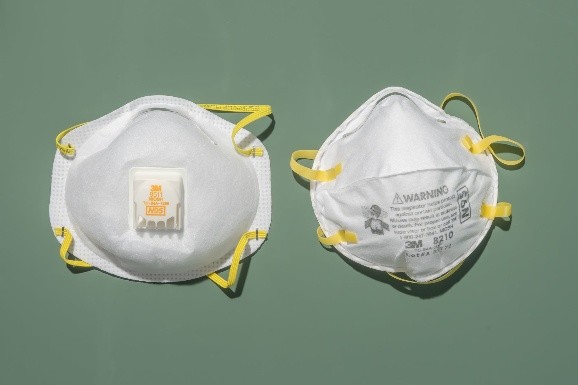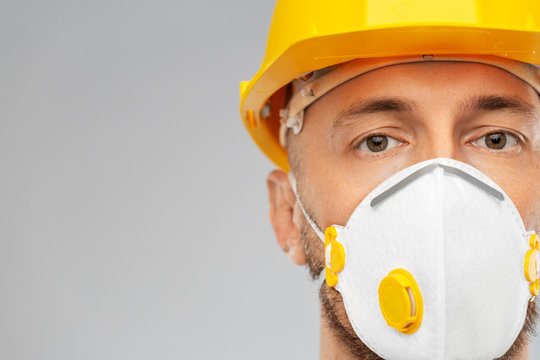In many work environments, wearing a respirator is a daily necessity. This is because these environments often contain large amounts of aerosols, or fine dust particles, or even viruses and bacteria. These are some of the most insidious health risks in the work environment because they are virtually invisible in the air.
To prevent hazards from entering a worker's body through the air they breathe, respirators become a necessary protective measure. So, what are respirators? How do they actually work? Next, we will discuss these questions together.
Respirators are also known as particulate filter half masks or dust masks. They are mainly used to stop water-soluble and oil-based aerosols, fumes, fine dust, viruses and bacteria in the air.
There are many work environments that produce dangerous particulate matter, some of which are even carcinogenic or radioactive. Without respirators, workers breathe in dangerous particles that can damage their respiratory systems for decades, leading to serious illness and even death.
Today, many companies are required to conduct a risk assessment of the work environment before starting production and provide respirators to employees as one of the basic PPEs.

Usually, the types of respirators are distinguished by their protection class. There are three different protection classes(FFP1-FFP3), judged by the number of filtered particles. Below we will explain the differences between the three protection classes.
1.FFP1 respirators
The FFP1 respirator has a filtration capacity of at least 80% and up to 4 times the respective Occupational Exposure Limits (OEL). This level of respiratory protection protects the wearer from non-toxic and non-fibrous dusts. The FFP1 respirator is therefore suitable for use in areas where respirable air contains particles that do not normally make workers ill but may cause annoying odors or transient irritation of the respiratory tract.
2.FFP2 respirators
The FFP2 respirator filters at least 94% of airborne particles up to 10 times the corresponding occupational exposure limit (OEL). This level of protection protects the wearer from solid and liquid particles, dust, fumes and aerosols that are hazardous to health. the FFP2 respirator is used in areas where cellulose particles are present, which can cause short-term irritation of the respiratory tract and long-term damage to lung tissue.
3.FFP3 respirators
FFP3 respirators filter at least 99% of particles up to 30 times the corresponding occupational exposure limit (OEL). They protect the wearer from toxic and health-hazardous dust, fumes and aerosols.FFP3 respirators are used in work environments where carcinogenic or radioactive substances are handled. These may be pathogens such as viruses, bacteria or fungal spores.

Respirators are typically made of multiple layers of filter material, such as spunbond and meltblown fabric, and may be equipped with an exhalation valve. Each layer serves a different purpose, from improving the look and feel of the respirator to ensuring strength, tear resistance and natural filtration. In addition to providing filtration and blocking of particles, there is also a mask-style respirator capable of filtering toxic gases or vapors.
While providing protection, respirators should also ensure the comfort of the wearer. One of the most important aspects is breathing resistance, which is the resistance felt by the wearer when inhaling and exhaling - the greater the resistance, the more difficult it is to breathe.
In order to keep breathing resistance as low as possible, the respirator's filter material must be both breathable and effective enough to stop particles. The filter material is therefore often electrostatically charged so that even particles small enough to pass through the filter layer are trapped on it rather than entering the wearer's airway.
The best way to properly use a respirator is to fully understand this equipment. We have a variety of respiratory protection equipment on our website, as well as work safety guidelines. If you have any questions, please feel free to contact us.
Copyright © Hebei Sinotools Industrial Co.,Ltd. All Rights Reserved | Powered by  Sitemap
Sitemap